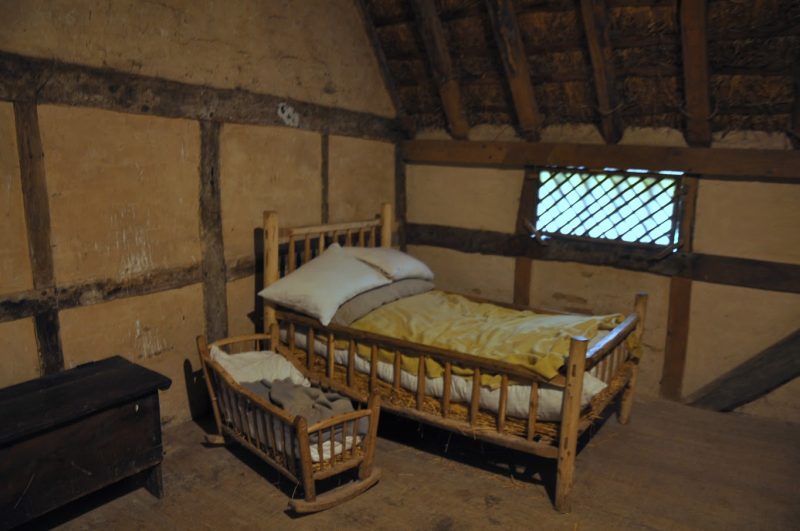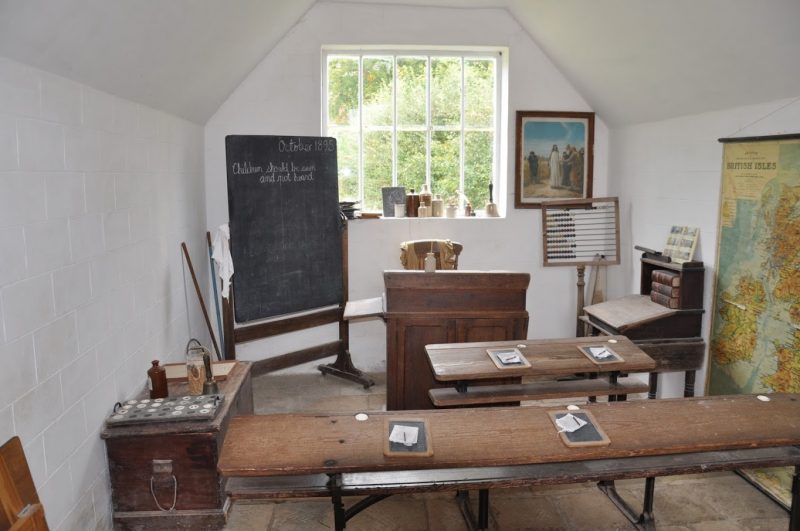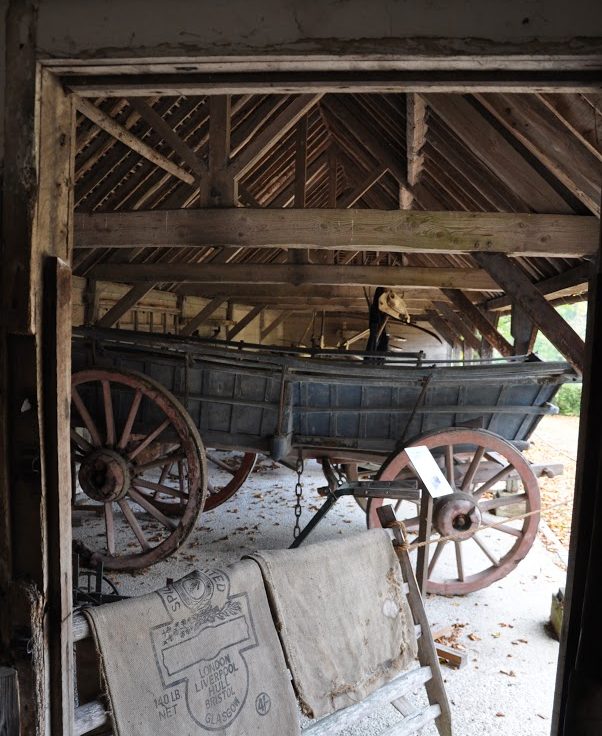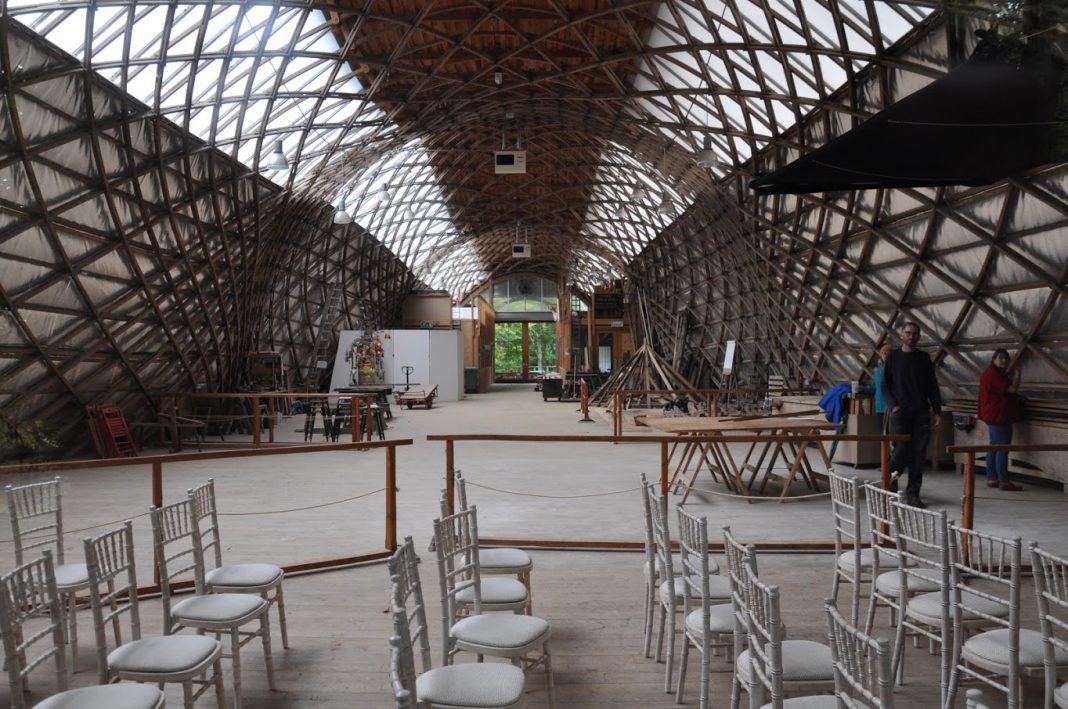Thirty members of the Rye Conservation Society and friends travelled by coach across Sussex on October 11 to visit the Weald and Downland Museum. The main purpose of the visit was to see the new visitor centre known as the Gateway Project, which opened in May at a cost of £6 million, of which £4 million was from the Heritage Lottery Fund and the rest from donations.

Designed by ABIR Architects Ltd, the series of wooden frame buildings provide a gallery space, café and other facilities for both visitors and staff. It is clearly a high-quality construction and has an attractive location at the lower end of the site, next to the artificial lake, and works well as a gateway to the museum from the car-parking area.
The museum’s 40 acres provide a beautiful setting for a collection of historic buildings dating from 950 AD to the Victorian era, all saved from demolition. The site is within the South Downs National Park, close to Goodwood racecourse, and occupies a corner of the West Dean Estate. It was the estate’s eccentric owner, Edward James, who gave the land to Roy Armstrong and his small group of volunteers in 1967. The Sixties was an era of much architectural vandalism and Roy Armstrong had been appalled at the destruction of fine medieval buildings in Crawley and other parts of the South-East.
Inspired by the open air museums in Sweden and elsewhere, Armstrong had been looking for a suitable site to preserve Wealden traditional vernacular architecture. The land he was offered is outside the Weald so the museum’s area of interest was extended to include the Downs. As well as preserving doomed buildings he wanted the museum to raise awareness of the built environment and to preserve the traditional crafts and industries associated with their construction and maintenance. Old industrial skills were also to be preserved and there is now a working mill and blacksmith on the site.

Most of the houses are furnished with original artefacts that demonstrate the way of life of the occupants. Overall, the impression was that most people could quite happily live in these houses although they would probably miss some comforts of the 21st century.
A recent addition to the museum was the construction in 2002 of the innovative Gridshell building. This was designed by Ted Cullinan of Edward Cullinan Architects with BuroHappold Engineering and the gridshell construction was the first of its kind to be built in Britain. Some members of our group were given a tour of the building and its large basement storage area. The spectacular upper interior space known as the Jerwood Gridshell Space is used as a conservation workshop and for training. The basement houses a large collection of tools and artefacts of rural life.

There is a strong emphasis throughout the museum on the contribution made by volunteers. Since its foundation by the small group led by Roy Armstrong, the local community have been much involved in making the museum the success it is today. At every stage during our visit we were able to turn to helpful and well-informed volunteers who answered every type of question – such as how the medieval occupants relieved themselves in the middle of the night and how the smoke on the floor at the centre of the hall escaped without a chimney. The volunteers in the mill and the smithy were all too happy to explain every detail of their trade including the origin of the phrase “rule of thumb” – it was the miller’s way of precisely calibrating the gap between the millstones by rubbing the flour.
Trips of this kind are regularly arranged by Rye Conservation Society and this one was meticulously organised by the hardworking chairman John Griffiths. As the weary but contented group travelled home in the coach it was John again who was reminding them of the next Society event – The Christmas Party. This is for members and anyone interested in joining the Society and is held in Rye Town Hall on Friday December 1 from 6pm till 8pm. No pre-booking just pay at the door £6, non-members £8.
Photos: Andrew Bamji



